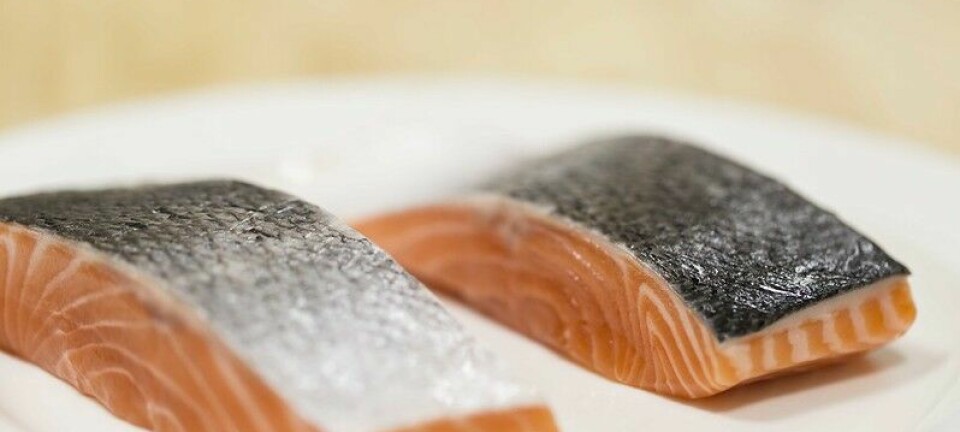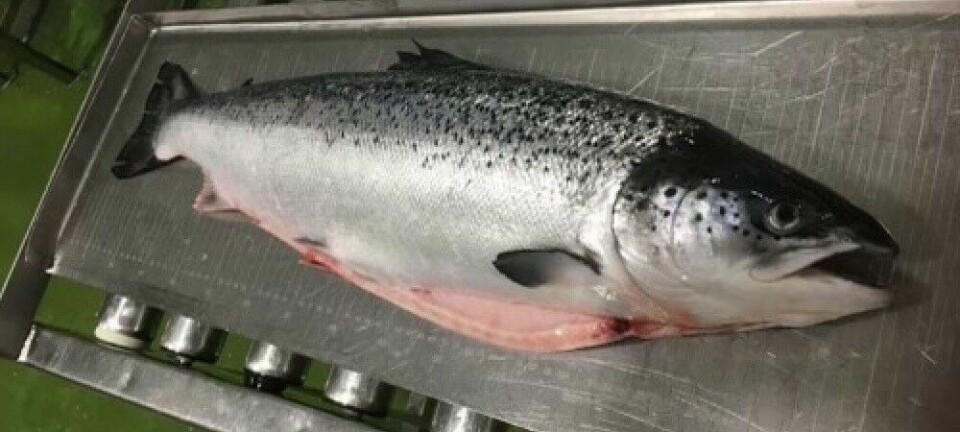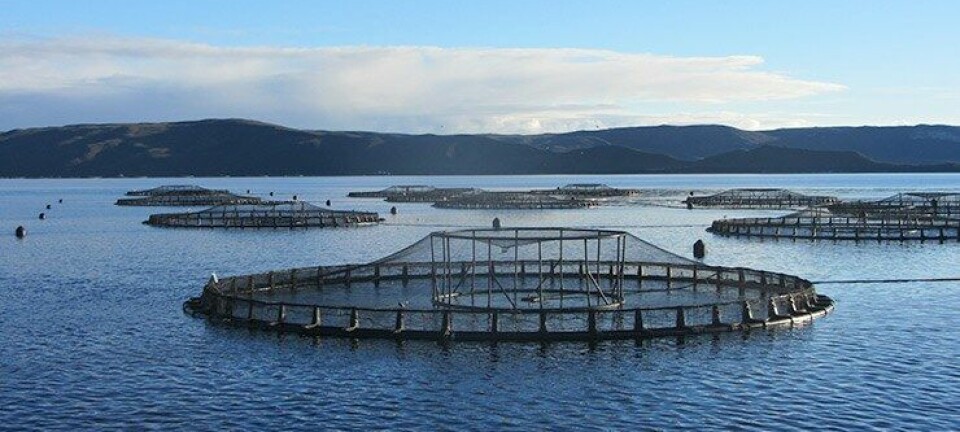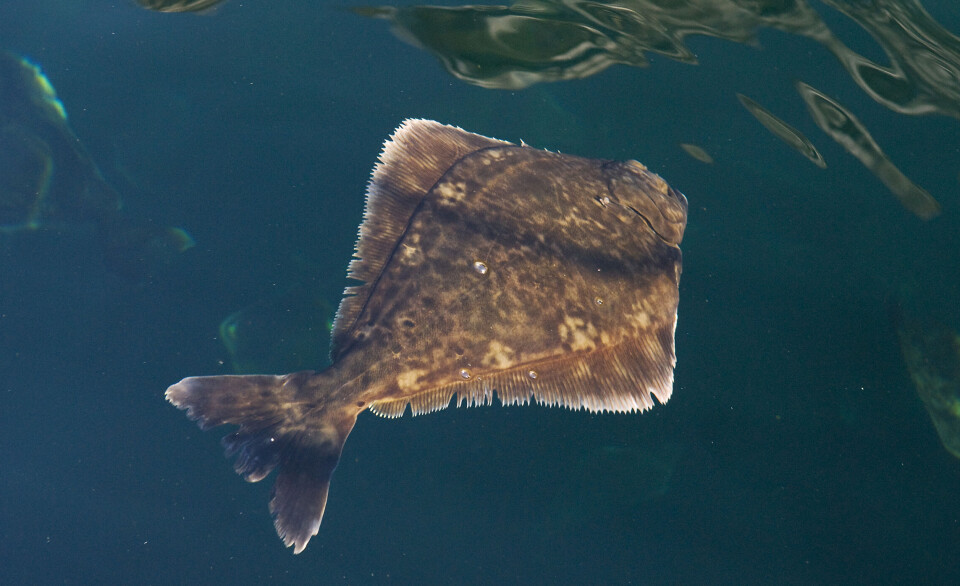
Halibut farmer takes the plunge into waterborne feeding
Sterling orders Smir system after tests show fragile pellets won't break
A Norwegian halibut farmer has ordered a waterborne feeding system from aquaculture supplier Smir Group following successful testing.
Thor Bull Skarvatun, technical manager at Sterling White Halibut, said that after unsuccessful trials with other waterborne feed technology, the company was initially very uncertain about its suitability for halibut feed, which is larger and softer than salmon feed and requires more gentle handling.
“However, after carrying out thorough tests with Smir Group on one of their Smirfeeder systems, we were convinced. We experienced no blockages and saw no signs of reduced quality or breakage of the feed after the end of feeding,” said Skarvatun.
A flexible system
Frode Rygh, sales manager at Smir Group, said: “We have worked actively to develop a flexible feeding system that is suitable for feeding to other species than just salmon. Having carried out several successful tests with feed of different sizes and consistencies during the course of development, we have always been confident that the system would be well suited to a number of different types of feed, such as in this case with halibut feed.
“We also strongly believe that our underwater spreader will be an important tool for Sterling White Halibut in relation to the opportunity it provides in terms of spreading pattern and varied feeding depth.”
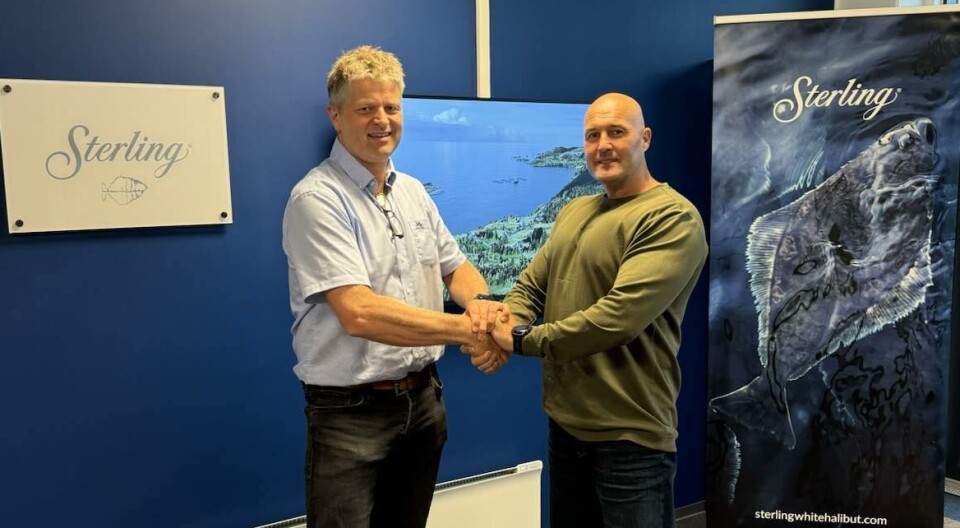
Trond Sandvik, general manager at Sterling White Halibut, said the company has large development plans and is looking for future-oriented solutions that are good for the user and the company, as well as building facilities that do not have negative effects in the surrounding environment.
“Using a waterborne feeding system is very cost-effective and energy saving. In addition, Smir Group’s system is at the best level in terms of noise. Noise is considered pollution in today’s society, and Sterling White Halibut works actively to have facilities that are as less noisy as possible for the employees and the surrounding environment,” said Sandvik.
10 new sites
Sterling White Halibut farms in the southwest of Norway, using land-based facilities to grow its fish for more than half of their lives, then transferring them to its Vassvik and Kjeurda marine sites in Hjelmeland, Rogaland County, for two years. It is planning to open third marine site with a maximum allowed biomass of 2,340 tonnes this year and intends this to be the first of eight new marine farms within a 10-year period.
The company’s halibut take around four and half years from hatch to reach a harvest size of around 5kg. Because halibut are flatfish, tanks and marine pens are equipped with shelves to give the fish something to lie on.
The company began life as Atlantic Halibut AS, established
as a subsidiary of Marine Harvest (now Mowi) in 2001, and the first Sterling
halibut was harvested in 2004. The company changed its name to Sterling White
Halibut in 2007 and was sold to Teccon Holding AS in 2016.
Sterling White Halibut opened a processing factory at Kejarvik in Randaberg in 2022, and this year it bought facilities at Talgje, which will be used for broodstock, hatcheries and fry production.





